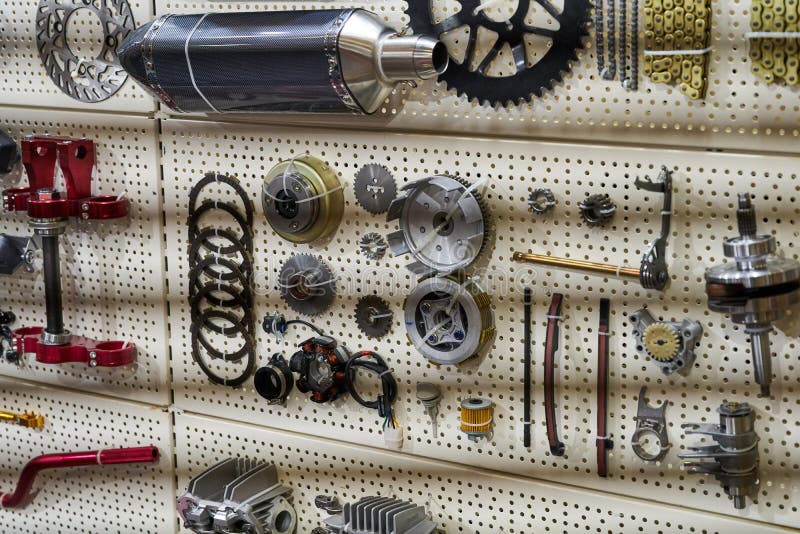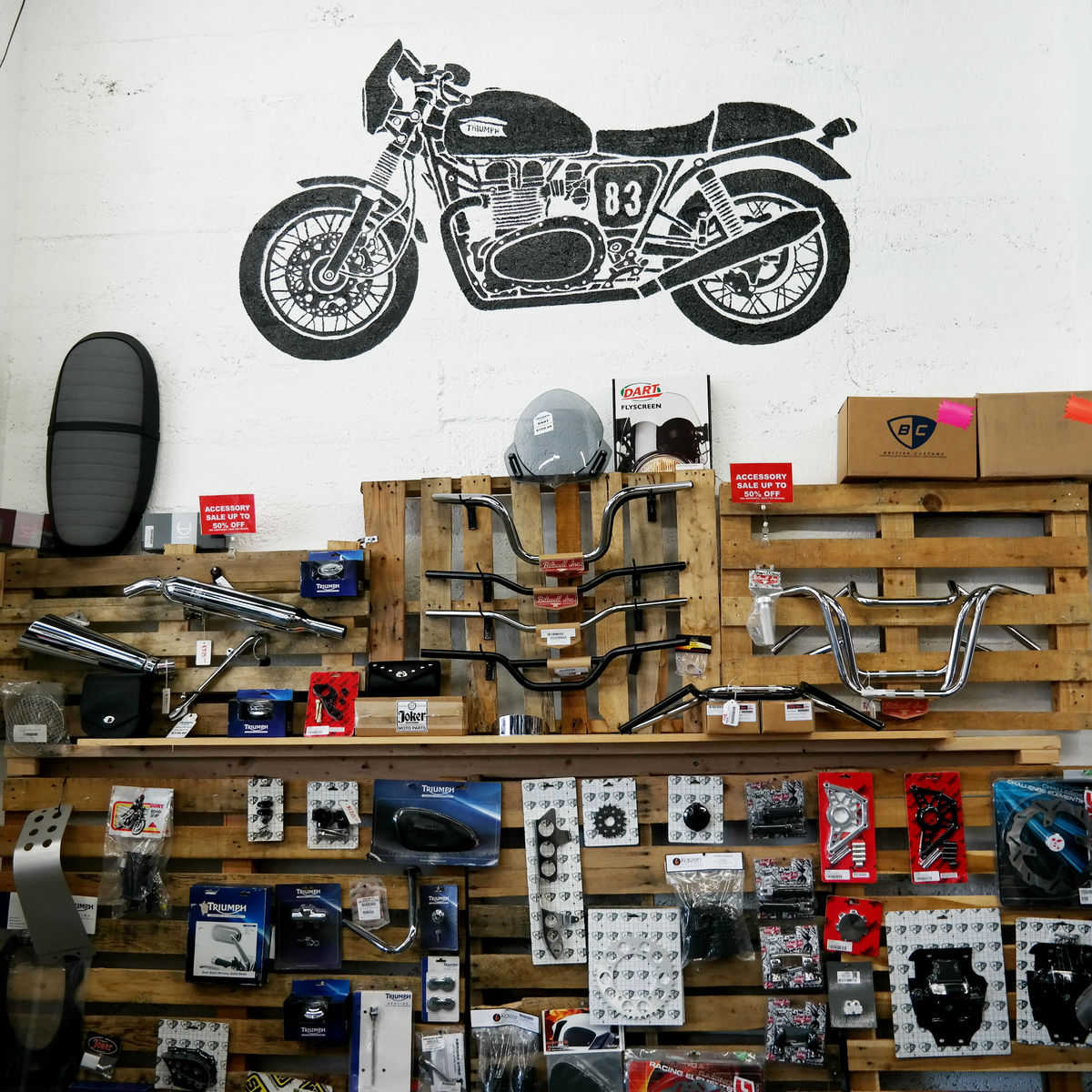Understanding Bike Gears: Just How to Maximize Your Riding Experience
In the realm of motorcycling, mastering the art of equipment adjustment is vital for enhancing your riding performance. Appropriately recognizing and using bike gears can significantly influence control, velocity, and fuel performance, changing a typical adventure right into a seamless, exciting trip.
Understanding Equipment Mechanics
Just how do the complexities of equipment technicians affect motorbike performance? At the core of bike characteristics, equipment auto mechanics play an essential duty in transforming engine power into movement, ultimately dictating rate and control. Gears, thoroughly crafted parts, allow motorcyclists to enhance torque and rate, making certain a seamless shift through different surfaces and velocities. The gear proportions, very carefully designed, establish the partnership in between engine revolutions and wheel turns, influencing velocity and fuel performance.
Recognizing gear mechanics starts with acknowledging the importance of the gearbox, which houses several gears of differing sizes. These gears engage through a procedure known as meshing, where teeth of various gears involve to send power.
Additionally, the concept of gear moving is indispensable to optimizing efficiency. Smooth and timely shifts make sure that the engine operates within its optimal power band, protecting against unnecessary pressure and boosting durability (motorbike shop). By comprehending these mechanical details, bikers can attain an unified blend of power, control, and performance, elevating their riding experience
Timing Your Shifts
Shift timing mastery is essential for optimizing motorbike efficiency and boosting the riding experience. Effectively timed shifts make sure that the engine operates within its optimal power band, which is important for preserving control, achieving smooth velocity, and making sure the longevity of the motorcycle. Motorcyclists have to develop an instinctive feeling of when to change equipments, which includes comprehending the partnership in between engine revolutions per minute (RPM) and speed.
To grasp change timing, pay close attention to the engine's noise and feel, as these provide crucial ideas about when to transform gears. The optimal change point generally occurs when the engine approaches the upper range of its power band without reaching the redline. Shifting also early can bring about a lack of power, while shifting far too late may trigger unnecessary engine strain
Furthermore, roadway problems and riding style influence change timing. For instance, in urban settings, smoother and much more regular changes might be essential to browse traffic effectively. On the other hand, throughout freeway riding, fewer changes at higher rates can be a lot more ideal. Practicing in varied atmospheres will certainly enhance your capability to time changes specifically, inevitably elevating your riding experience to a professional degree.
Enhancing Gas Performance
While mastering motorbike equipments is essential for performance, boosting fuel performance is just as vital for both economic and ecological reasons. Ideal gas usage not only lowers functional costs but also decreases the eco-friendly footprint of riding. To accomplish this, one need to comprehend the elaborate connection in between gear option and engine efficiency.
To start with, selecting the best gear at proper speeds can dramatically impact gas consumption. Riding in a higher gear at reduced rates can result in engine hauling, which is Check Out Your URL harmful to both fuel economy and engine health. Alternatively, riding in lower equipments at broadband causes unnecessary gas consumption. Thus, maintaining an optimum equilibrium by changing gears in alignment with roadway conditions and prepared for maneuvers is crucial.
Furthermore, routine maintenance plays a crucial function in fuel effectiveness. Ensuring that the bike is well-tuned, with clean air filters and correctly pumped up tires, can minimize and enhance aerodynamics gas wastage. Moreover, embracing a riding design that embraces progressive acceleration and smooth slowdown can add to far better gas economic situation.

Methods for Smooth Transitions
Attaining smooth equipment shifts is essential to boosting the riding experience and making certain the longevity of a motorcycle's transmission system. Proper equipment shifting not just adds to a smooth ride yet additionally decreases damage on the mechanical parts. To master the art of smooth changes, riders must concentrate on a couple of vital strategies.

Secondly, clutch control plays a pivotal function. Engaging and disengaging the clutch smoothly requires method. The clutch bar must be released progressively, permitting a seamless transfer of power from the engine to the wheels without triggering a shock or sudden movement.

Adjusting to Road Conditions
Browsing diverse roadway problems is a vital skill for any type of motorcyclist aiming to maintain control and safety. Whether you're riding on wet surfaces, gravel roads, or navigating sharp turns, your ability to adapt your gear use and riding strategy is paramount. Understanding how to readjust your equipments suitably can dramatically influence traction and security, guaranteeing a much safer trip.
On wet roadways, useful content it is advisable to keep greater gears to lower torque and decrease wheel spin. This approach helps maintain grip on slippery surfaces, allowing for smoother acceleration and deceleration. On the other hand, when riding on gravel or irregular surface, lower equipments are better. Reduced gears give far better control and enable you to react more promptly to unexpected modifications in the roadway surface.
Sharp curves require precise gear administration to my site stabilize rate and control. Downshifting prior to going into a curve can help preserve momentum while making certain the motorcycle remains secure throughout the turn. Constant practice in diverse conditions enhances your capacity to respond and predict to modifications in roadway appearance and slope.
Conclusion
Mastering motorcycle gears significantly improves the riding experience by enhancing gas, control, and acceleration effectiveness. A thorough understanding of equipment technicians and specific shift timing makes sure the engine runs within its optimal power band, while smooth changes via reliable clutch and throttle sychronisation rise comfort and performance. Adjusting gear choice to numerous road problems, such as making use of higher gears on wet surface areas and lower gears on crushed rock, more improves handling and security. Ultimately, these abilities boost the overall trip.
Recognizing gear mechanics begins with acknowledging the value of the gearbox, which houses several equipments of varying sizes. These equipments connect through a process understood as meshing, where teeth of various gears engage to transfer power (mx gear nz). Mild adjustments to the throttle throughout gear shifts can prevent jerky activities and keep a regular riding rate
Whether you're riding on wet surface areas, crushed rock roads, or navigating sharp turns, your capability to adjust your gear usage and riding technique is paramount. Adjusting gear option to numerous roadway conditions, such as using higher gears on wet surface areas and lower gears on gravel, further enhances handling and safety and security.